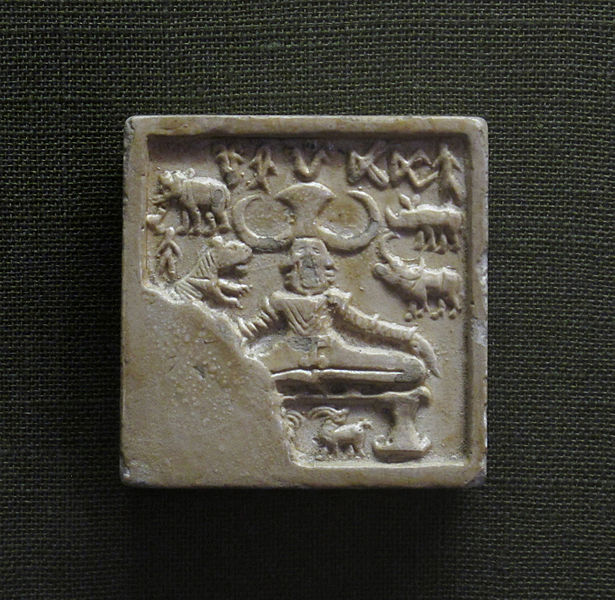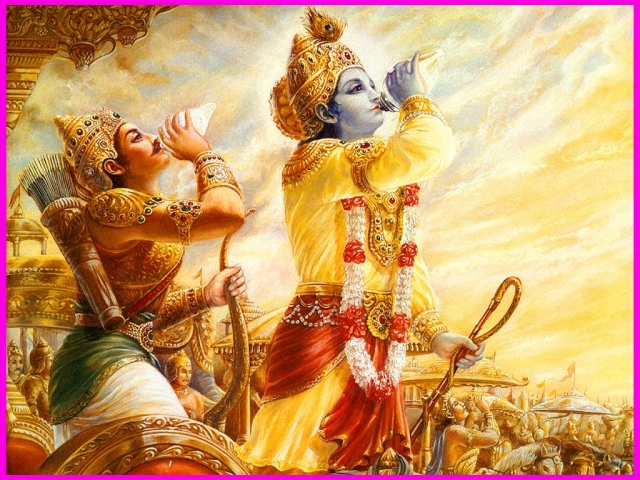The chakras are one of the most popular yoga terms. They are the energy centres of our body. On the physical level they are associated with different glands and major nerve centres. The main chakras are seven in number and are located along the spine. The word "chakra" means "wheel". They are called in this way because the energy of the chakra is spinning like a wheel in them. Each chakra is responsible for different emotional conditions; the chakras are associated with different colours, qualities, etc. When the chakras are filled with energy, they are spinning harmoniously, your body is healthy and your emotions balanced. The purification and strengthening of the energy in the chakras is associated with kundalini - the energy that is lying dormant at the base of the spine. Kundalini awakening leads to realizing the full potential with which each of us is born. It is interesting to know that there are people who are born with awakened kundalini energy. They are the true leaders and teachers of mankind.
History of yoga

One of the most ancient archaeological artefacts depicting a man in a yoga pose
Archaeological studies are shifting the starting point of Indian culture far back in time. The most ancient civilization inhabiting the vast subcontinent was the Indus Valley Civilization (also known as the Harappan culture). Most probably, it had originated in the Indus Valley in the middle of the third millennium BC and had disappeared for still unexplained reasons a few centuries after 2000 BC. Its urban culture with its key representatives Harappa and Mohenjo Daro was remarkable. Very typical of them were the streets intersecting at right angles and the advanced technology of water supply and sewerage (long before the Roman state). A curious fact is the absence of buildings such as palaces or temples. There are no traces of centralized control or domination of a class of priests.
An important feature of the Harappan culture was literacy. Thousands of steatite seals have been found, decorated with figures of animals, mythological motifs and inscriptions in pictorial writing which, unfortunately, has not been deciphered to this day. One of these seals is especially important for the history of yoga. It depicts a horned deity seated in a meditative pose, surrounded by animals. It is believed that this is a prototype of Shiva in his role of Pashupati or "The lord of animals". Other data suggest the existence of a cult to the goddess and fertility. Very many findings demonstrate a striking continuity between the Harappan culture and the subsequent Indian society and culture.
In the centuries after 2000 BC, the Nomadic Indo-European tribes, known as the Aryan race, began to gradually invade the peninsula. Their prolonged contact with the indigenous population marked the formation of a new Indian culture. The four social classes or varnas (castes), namely Brahmins (priests), Kshatriya (warriors), Vaishyas (merchants) and Shudras (labourers) were formed precisely in this period.
The language of the Aryan race was Sanskrit and the four collections of the hymns forming the sacred canon of Hinduism, the Vedas, were written in Sanskrit. The oldest of them is the Rigveda. Its 1,028 hymns are grouped into 10 chapters and form the source of the Hindu religion. The Samaveda contains hymns for chanting during sacrifices. The vast majority of them had been taken from the Rigveda, the Atharvaveda being particularly important. This collection obtained its name from sage (Rishi) Atharvan, who had introduced the ritual of fire. It contains about 6,000 magic formulas including those for medical purposes.
It is clear that the Vedic culture is closely related to the rituals of the ancient Indians and especially to sacrifices which were perceived as the unity of the material world with the invisible world of the spirit. The practices mentioned in the Vedas are mainly of ecstatic and ascetic nature.
The Upanishads and the Bhagavad Gita

Krishna and his disciple Arjuna
The Upanishads, or philosophical treatises containing the secret teachings of Vedanta (lit., the end of the Vedas), started to appear from the beginning of the first millennium BC onwards. There are around 200 works, 108 of which are traditionally considered as classical and 10 as containing the fundamental principles of Vedic teachings. The Upanishads established the doctrine of the identity of the individual I (Atman) and the Supreme Absolute (Brahman), they developed the ideas of karma and reincarnation, and turned the release (moksha) from samsara (the cycles of existence) into a major focus of spiritual pursuits.